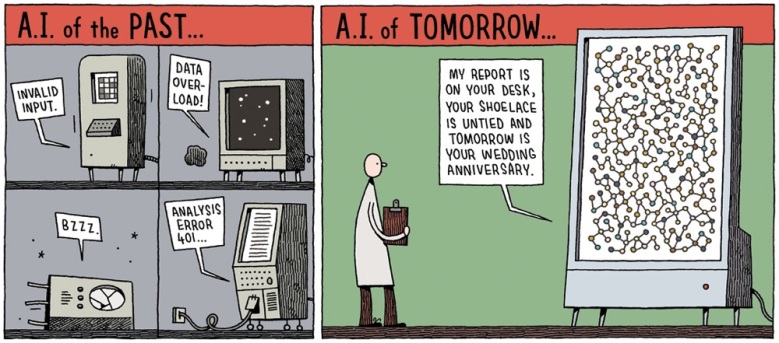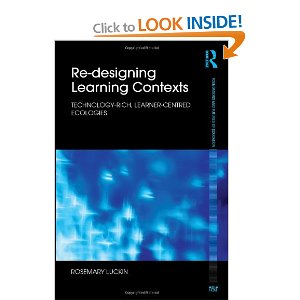As a child I was always frustrated by the phrase: “curiosity killed the cat”. This was a frequent retort when I was trying to understand how things worked. Well, I am not reporting any cat killing incidences here, but my curiosity about myself driven by my new ‘misfit’ may have been a primary factor in my newly sprained ankle!

Over enthusiasm to meet that target of 1000 activity points motivated me to get walking and launched me down some steps in a most ungainly and unfortunate manner. No broken bones, but some swelling and plummy bruising have resulted in my needing to rest up for a few days. Resting up in a Sydney winter is hardly a chore, the sun is out and the sky is blue and I indulged in exploring the ABC TV channel and in particular a great program called The AI Race.
The program presented data from a study into the risks to Australian jobs from AI powered automation. I was relieved to see that professors are only likely to have 13% of their job automated, whilst carpenters are predicted to have 55% of what they do done by smart technology. Might this be the same in the Uk, or different I wondered? The ABC reporter explored various jobs and met up with employees. For example, Frank: a truck driver, was not persuaded that autonomous trucks would be able to replace his experience and intuition about the behaviour of other humans whether pedestrian or driver. The autonomous vehicles would not be able to help out other drivers stranded on the roadside or provide human customer service on delivery of a load either. He was definitely not convinced that AI was going to replace him any time soon.


Further jobs were explored: the legal profession for example where law students were stunned by an AI para legal that could search through thousands of documents to find a specific clause in no time at all. The law students berated their education for not preparing them for a world of automation.

On the one hand we have Frank, who does not believe that AI can replace him, and on the other we have a group of law students who are persuaded that AI can already do a lot of what they are studying to be able to do. Nobody seems very curious about how they might better prepare themselves for AI’s onslaught on their workplace. So, how might I persuade them that understanding more about their own intellect could help them work more effectively with AI? The key to future success has to be that people need to focus on developing the expertise that AI cannot achieve: the still unique human qualities that will be at a premium. Self-knowledge and Self-efficacy are important elements of this expertise, but how do we motivate people to develop themselves? To start answering this, I looked at the best selling self-help books for guidance. People buy these so maybe I can learn something about how to appeal from their sites – which of these might work best?
Who moved my brAIn?
What colour is your AI?
How to win with AI
7 AI habits of effective people
I’m AI, you’re ok
Rich augmented me, poor augmented me
AI is from Silicon, we are from the Gene Pool
I’m not convinced about any of these…….





